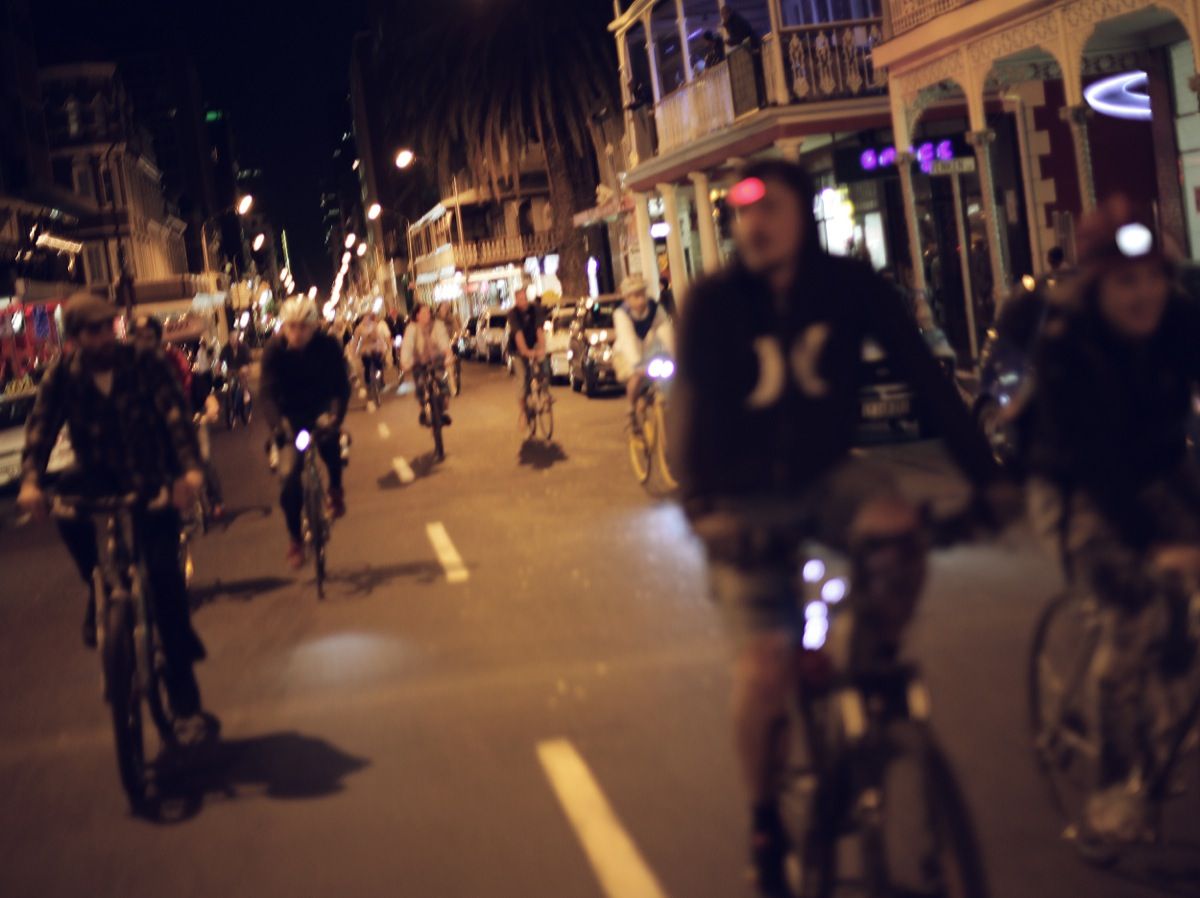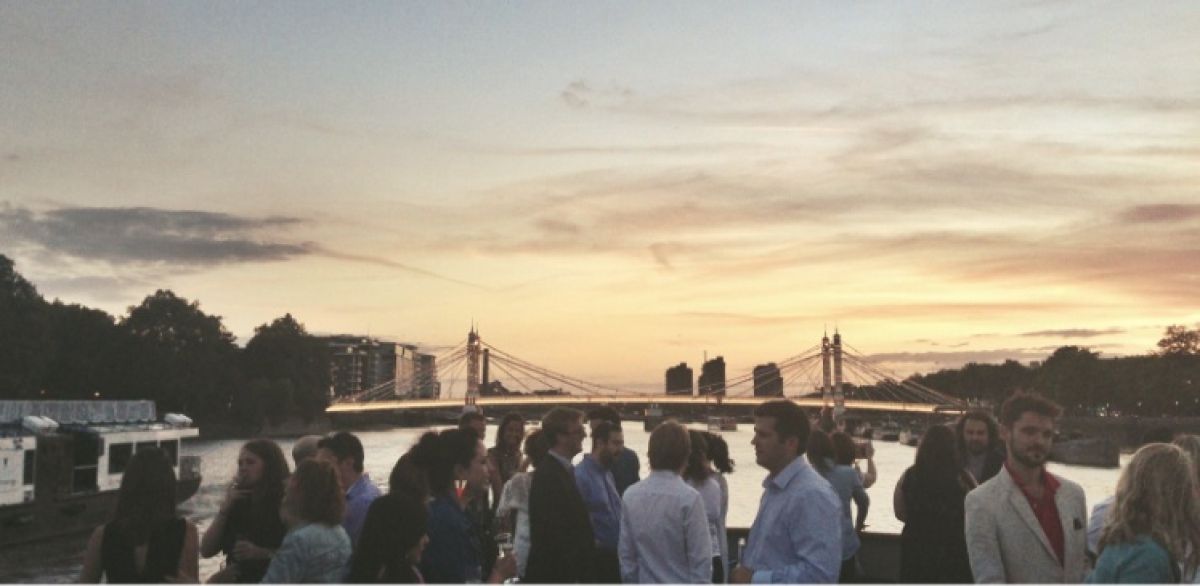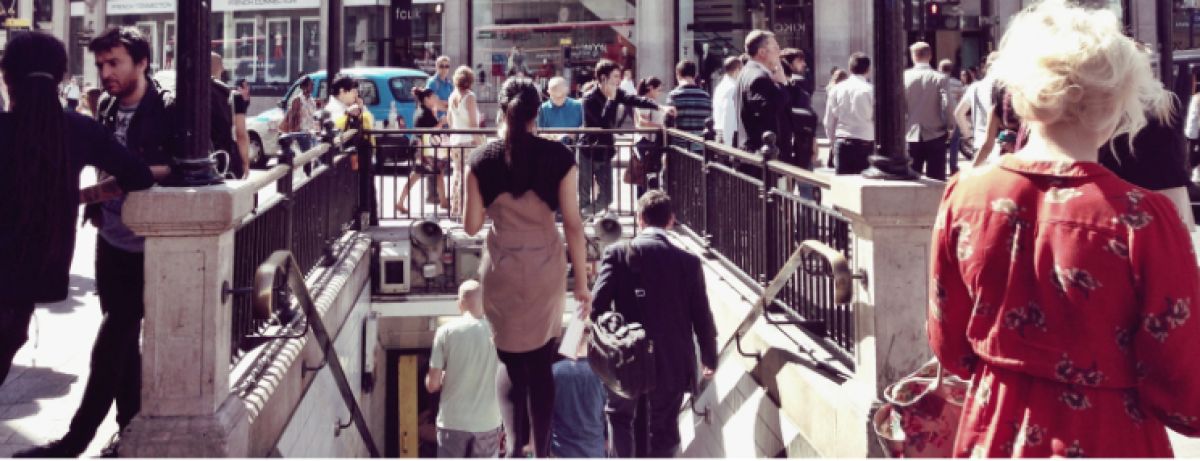Cities – the new super brands of destination marketing
by on 15.09.2013
As global urbanisation increases so too does the growth in the urban visitor market. According to Euromonitor, 80% of all international tourists travel to a city and explore the surrounds thereafter.
This does not mean that visitors do not explore the regions beyond cities. The new urban travellers do not want to be dictated to, for most visitors city boundaries are undefined and irrelevant, as they should be.
Tourism has become one of the major players in international commerce, and represents at the same time one of the main income sources for many developing countries.
Today, the business volume of tourism equals or even surpasses that of oil exports, food products or automobiles. This growth goes hand in hand with increasing diversification and competition among destinations.
All is not well though in destination marketing.
There are over 1,000 locations in Europe alone, all promoting pretty much the same thing, looking identical and representing themselves in similar ways – through pictures of people playing golf, sunning themselves on golden beaches, people in call centers and trendy cafes, airplanes taking off and nice hotels. These places have become commodities, indistinguishable from one another and offering little or no added value.
Successful cities of the future will be standout urban centres delivering benefits to residents and visitors alike. They will not be defined by their size alone but by their ability to capture the imagination and define themselves as having a unique sense of place; not perfect, but livable, interesting and real places.
Cities exist in their own right
Cities exist in their own right, with their own identity, and unique attributes, quite apart and independent from the countries in which they exist. Arguably, cities often take precedence over countries in the minds of potential visitors. One only has to think about cities such as London, Sydney, San Francisco, Boston, Barcelona, New York and Florence to realize that they individually have character and unique drawing potential.

London Life by Rashiq Fataar
This does not mean cities operate in isolation to country brands, but it does provide an opportunity for nations to diversify their appeal through using their cities more strategically as powerful marketing attractions.
It is a hot debate and just this past week, London’s deputy mayor, Kit Malthouse, told the Observer the capital 'is the main reason why visitors come here' and should be the focus of all marketing efforts.
Rather than competing with London, he said Scotland, Wales and even Northern Ireland should spend their tourism budgets on joint marketing campaigns with London. Trying to compete rather than working together to attract more visitors, who could then be encouraged to explore regions beyond the London, was like "cutting off their noses to spite their faces".
Malthouse was recently appointed by mayor Boris Johnson as chairman of London & Partners, the capital's official promotional organisation. He admitted that his argument was a "very, very hard sell", but said that the UK should build on its strengths. "All we have to do is lay down the territoriality and recognise that we can all win out of this," he said.
Rather than exacerbate a north-south economic divide, Malthouse said that by using London as a "honeypot to bait and tempt people", the whole UK would benefit. "We know, for instance, that well over half – approaching two-thirds – of the people who come to the UK and who go to other parts of the UK wouldn't come if it weren't for London.”
Read the full article here.
Another prominent advocate of city focused destination marketing is Mayor Bloomberg of New York City who says: “Urban competitiveness is neither a macroeconomic (national) nor a micro-economic (firm based) one. Cities are neither simple aggregations of firms nor are they scaled down versions of nations”.

A glimpse of New York by Andrew Brauteseth
Whilst traveller behaviour tells us that cities should play a more prominent role in the destination marketing of countries, political hierarchy often dictates otherwise. This is a wasted opportunity and I argue for a symbiotic relationship between country and city brands.
A South African perspective
The development that has gone into South Africa’s cities, fast tracked in the run up to the 2010 FIFA World Cup, distinguish us from many other developing countries.
It was not until the 2010 FIFA World Cup that South Africa’s urban centres received the necessary exposure needed to position South Africa as a multi-dimensional destination able to attract a larger percentage of the world’s fastest growing sector, namely urban travellers.
South Africa had long positioned itself as a country with abundant wildlife and great scenic beauty and most marketing campaigns were somewhat one dimensionally developed around these themes. The urban centres of the country were underutilised as brand strengths in marketing efforts before 2010.
There is little doubt that well-entrenched, often negative, perceptions about South Africa, and, in particular its cities, combined with the lack of a compelling urban marketing strategy had a negative impact on the number of potential visitors to South Africa.
As a result, international markets still have a limited knowledge of South Africa’s cities with very few people being aware of its comprehensive proposition, value, or experiences.
The domestic market has a rather confined perspective and often a number of deeply entrenched negative notions of a particular city.
Cape Town, for example, is perceived by most South Africans as a summer-only destination and a large number of prospective visitors are unaware of its off-peak season offer and generally lack comprehension of the multi-dimensional nature of the experiences on offer.

Moonlight Mass in Cape Town by Andrew Brauteseth
The World Cup, hosted in cities in 2010, gave the world a glimpse of the country’s vibrant urban environment and the liveability of its cities; the feedback was substantive and glowing.
Since then, the country’s marketing took a different angle with South African Tourism working closely together with cities like Cape Town, Johannesburg and Durban to showcase South Africa’s vibrant living centres of culture.
I love the way Cape Town and Johannesburg are captured in this campaign South African Tourism did with National Geographic called “Through the Lens”, take a look at the Cape Town clip here and the Johannesburg clip here.
Positive tourism growth
South Africa is outperforming many of its rivals with double-digit growth reported for the first quarter of 2013.
Following the hosting of the 2010 FIFA World Cup, and in spite of the South African travel and tourism sector coming under pressure as a consequence of the continued recessionary impacts experienced in key source markets, the industry continued to register positive growth in international tourist arrivals in 2011 and 2012, with increasing visitors from emerging markets.
I would like to argue that the positive tourism growth in South Africa has a lot to do with the exposure the country and its cities received before, during and immediately after the World Cup.
Most importantly, I believe that there is a direct link between the more prominent positioning of cities like Cape Town, Johannesburg and Durban in national marketing campaigns, appealing directly to the growing number of global urban travellers, many unaware of the appeal of South Africa’s cities before the World Cup.
The age of the urban tourist
Today, and tomorrow, is the age of the urban tourist. The paradigm of people wishing to escape and take vacations in non-urban areas is mythical.

Party on the Thames by Rashiq Fataar
Urban tourism dominates the landscape; over 30% of all global visitor revenue is expended in the top 150 visited cities and, taking tourism as a whole, over 70% of tourism spend occurs in urban areas. For most people to escape means to explore different and new cultures and for them cities are the epicentres of modern, living culture.
Using a city as the campaign hook or "honeypot to bait and tempt people" - in the words of London’s deputy mayor, Kit Malthouse – makes a lot of marketing sense.

Walking the streets of London by Rashiq Fataar
We will explore city tourism and innovation in destination marketing a little further over the next few days as I prepare to participate as speaker at the UNWTO Global Summit on City Tourism in Moscow on the 19th and 20th of September.
Look out for guest blog posts by Rashiq Fataar, MD of Future Cape Town and Skye Grove, Communications Manager of the Cape Town Partnership. They are both passionate urbanists and curious city travellers at heart.
London images courtesy of Rashiq Fataar. Follow him on Twitter and Instagram.
New York and Cape Town images courtesy of Andrew Brauteseth. Follow him on Twitter and Instagram and travel virtually with him through his blog.